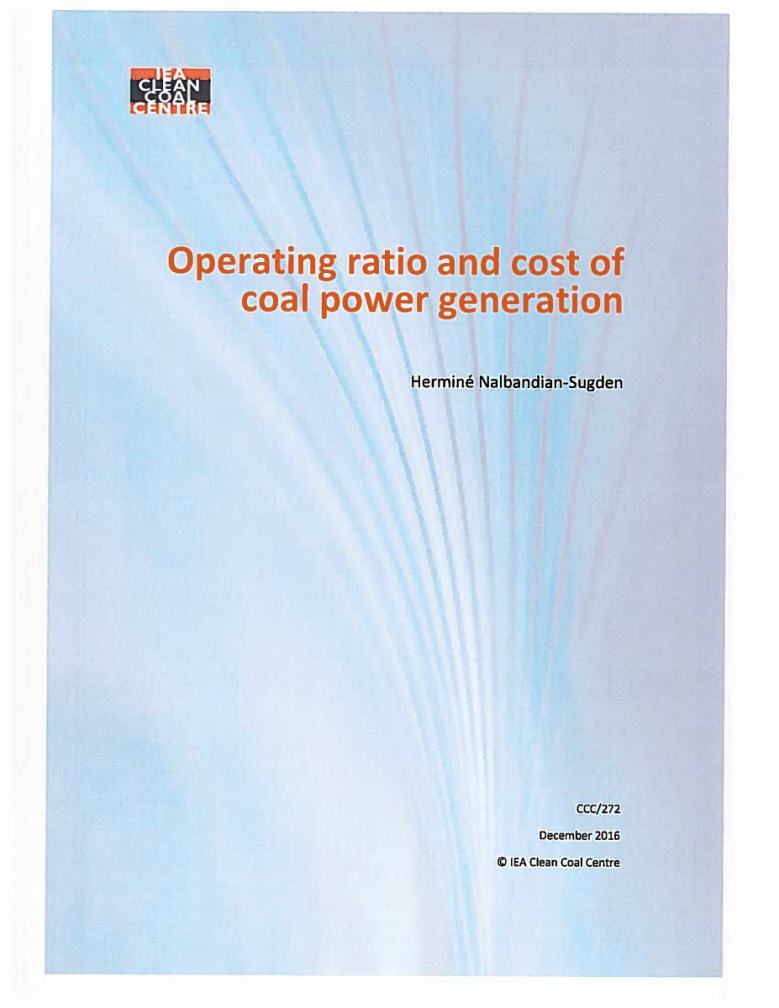Abstract
Operating ratios are a representation of revenue and expense categories found on a typical financial statement. They are presented as a ratio or a percentage value. The smaller the operating ratio, the greater margin an organisation has to make a profit. Conversely, the greater the operating ratio is, the lower the margin to generate profit. Within operational costs, there are many factors that impact the operational efficiency of a power generating company. These include cost of fuel, staff/personnel, operation & maintenance (O&M) and depreciation and amortisation (the higher these factors are the higher the operating ratio and the lower the operational efficiency). The cost of coal-fired power generation differs not only from one country to another but also from one power plant to another. However, current coal-fired power generation is in competition with renewable energy and thus generation has shifted in many countries from baseload to load following mode necessitating flexibility in power plant operations. As such, frequent cycling of coal-fired power plants can cause thermal and pressure stresses. Over time, these can result in premature component failure and increased, necessary maintenance. Starting a unit, increasing its output, or operating at part load can also increase emissions compared to non-cyclic operation. Assessment and control of operation and plant maintenance costs play a major role in calculating operating ratios. These ratios allow a company to compare its operational performance across various times, analyse its data and take the necessary steps in order to maintain as good an operational performance as possible and as such, as low an operating ratio (%) as possible.
| Attachment | Size |
|---|---|
| 4.56 MB |


